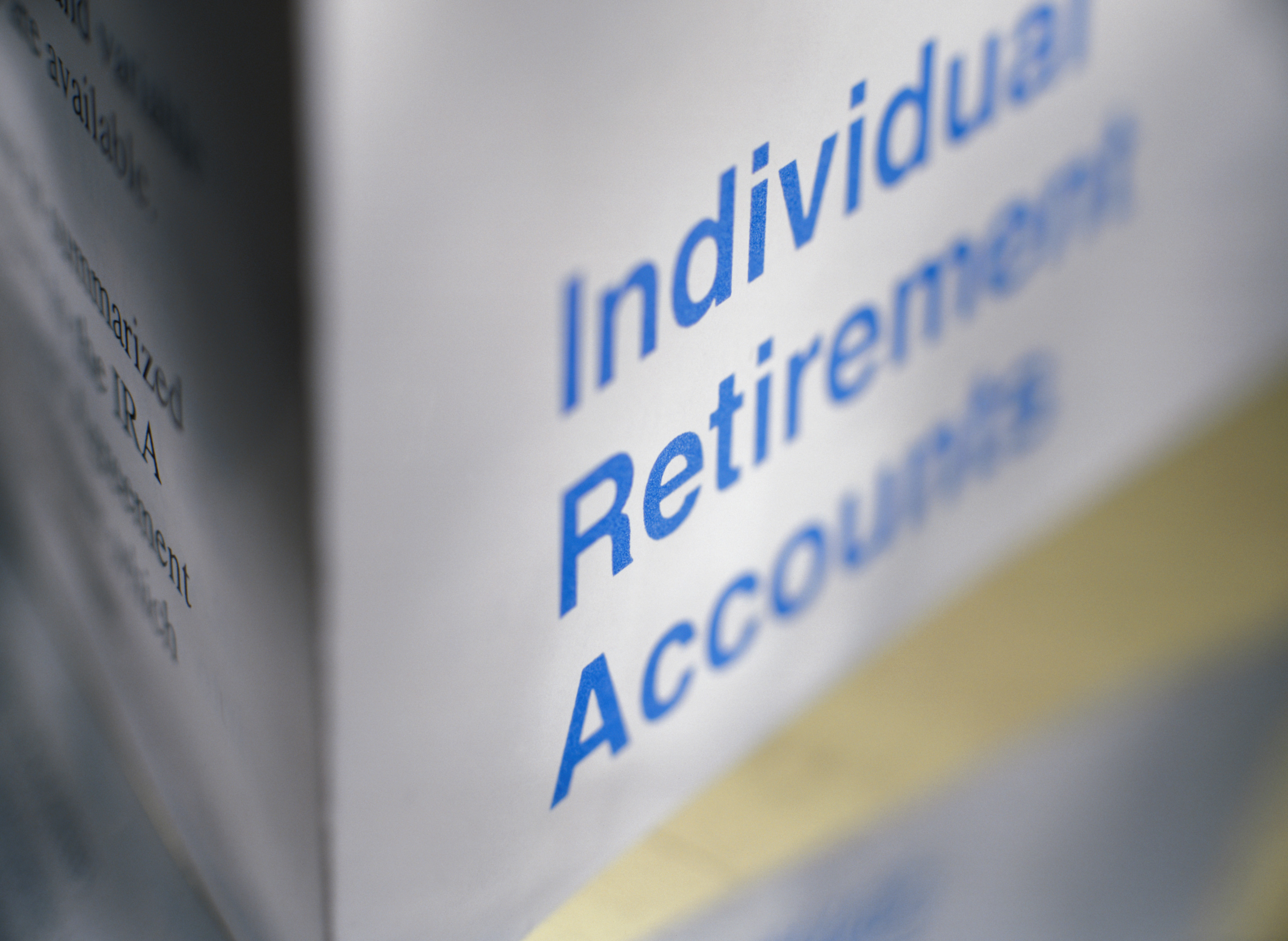Most people think retirement will be less complicated than working life, but there's one aspect of being a retiree that's likely to be more complicated: your income taxes. When you're working, your employer will typically withhold enough from your paychecks to cover your tax bill. But once you retire, you'll be responsible for figuring out how much you owe and paying it to the IRS and your state revenue department.
The good news is that not all sources of retirement income are taxable. One of the best potential sources of nontaxable income is a Roth retirement account. With a Roth account, you can't deduct your contributions while you're working, but once you retire and start taking money out of the account, you don't have to pay taxes on those distributions. In essence, a Roth account is the opposite of a traditional IRA, which allows you to deduct your contributions from your taxable income but does not allow tax-free withdrawals. And Roth accounts can save you money on other taxes as well if you plan your distributions carefully.

Image source: Getty Images.
Roth accounts lower your tax rate
The total amount of taxable income you collect in any year has a huge impact on how much you pay in taxes. Consider the nature of income tax brackets. With tax brackets, your taxable income up to a certain amount is taxed at a rate of 10%. For example, in 2017, singles will be taxed 10% on the first $9275 of income for the year. Then, the taxable income within the next tax bracket is taxed at a rate of 15%, and so on until you hit the top tier of 39.6%. If you can keep your taxable income within the lower brackets for your filing status, you can avoid those high marginal tax rates. Because distributions from your Roth account are not considered taxable income, they don't count toward your tax bracket calculation and can keep you out of those high marginal tax rates.
Roth accounts and Social Security taxes
Staying in a low tax bracket does more than keep your marginal income tax rates low. It can also save you from having your Social Security benefits taxed. The exact calculation of how Social Security benefits are taxed is complicated, but if you keep your taxable income for the year under $32,000 (for married retirees filing jointly) or $25,000 (for unmarried retirees), then your Social Security benefits will not be taxed at all. Once again, Roth accounts can help: the distributions from a Roth account aren't counted toward that income limit, so you can use them to finance your retirement without making your Social Security benefits taxable.
Pre-retirement planning
In order to take advantage of the benefits of using both taxable and nontaxable income, you'll have to work a little harder when developing your savings plan. Any retirement savings plan requires you to figure out how much you need to save altogether, and therefore how much you need to contribute every month. The Roth/tax-deferred savings plan requires you to take an extra step by also deciding what percentage of your contributions will go into traditional retirement accounts and what will go into Roth accounts. Factors such as your current tax situation, your income, and your plans for retirement will also affect how you should best allocate your contributions.
If that all sounds like too much of a hassle to figure out, consider speaking with a financial advisor with expertise in retirement planning. Such an advisor can take your basic financial information and turn it into a solid retirement savings plan. If you can't or won't create a complete retirement plan right now, then try a simplified one based around contributing 15% of your income into retirement savings accounts. A study by the Boston College Center for Retirement Research found middle-income Americans can generally secure a comfortable retirement by saving 15% of their income throughout your careers.
The maximum you can contribute to IRAs for 2017 is $5,500. For a really simple retirement savings plan, you could split your contributions 50-50 between a traditional retirement account and a Roth account. That way you'll diversify the tax treatment of your retirement income. Even better, if you have access to a both a traditional 401(k) and a Roth 401(k), then you could split your savings between them and enjoy and matching contributions your employer provides. This simplified plan may not be perfect for you, but it will get you a good mix of taxable and nontaxable retirement income without the hassle of working out a customized retirement saving plan.